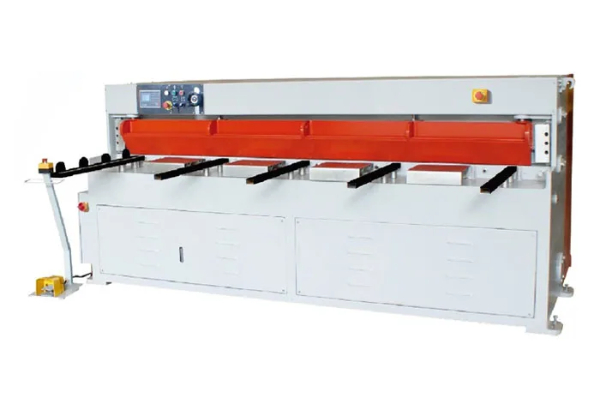
Understanding the Different Forming Methods and Techniques
- By:Metmac
- 2024-08-29
- 149
Unveiling the Nuanced World of Forming Methods and Techniques
In the realm of manufacturing, the myriad forming methods and techniques empower us to shape materials into intricate and functional objects. From the elemental hot rolling to the precision-minded forging, each technique embodies a unique set of principles and applications.
Forging: A Symphony of Fire and Impact
Forging, an ancient art form, harnesses the malleability of metals by subjecting them to intense heat and mechanical force. From swords in medieval arsenals to automotive components in modern machines, forging has left an indelible mark on human ingenuity. The controlled hammering or pressing of heated metal manipulates its crystalline structure, enhancing its strength and durability.
Casting: From Liquid to Solid
Casting, a transformative process, transforms liquid metals into solid forms. Molten metal is meticulously poured into a mold, where it cools and solidifies, capturing the intricate contours of the mold’s design. From intricate sculptures to heavy machinery, casting enables the production of complex shapes with high-dimensional accuracy.
Rolling: Precision in Motion
Rolling, a relentless and precise force, shapes metal by passing it through a series of rotating rollers. This method transforms sheet metal into a variety of thicknesses and widths, while maintaining its inherent strength and malleability. From automotive body panels to roofing materials, rolling plays a vital role in countless industries.
Extrusion: Forcing Metal to Flow
Extrusion, a controlled flow of metal, forces molten or softened metal through a die with a specific shape. This technique produces elongated profiles with consistent cross-sections, making it ideal for producing wires, pipes, and tubing. From copper cables to medical implants, extrusion empowers the creation of diverse and intricate geometries.
Injection Molding: Shaping Polymers with Precision
Injection molding, a process of precision, combines heat and pressure to shape molten polymers. Liquid plastic is injected into a mold cavity, where it solidifies into the desired form. From disposable cutlery to intricate medical devices, injection molding enables mass production of high-accuracy plastic parts.
Conclusion
The world of forming methods and techniques is a tapestry woven with the threads of ingenuity, precision, and innovation. Each method possesses its own strengths and limitations, enabling us to transform raw materials into a symphony of shapes. Understanding these techniques empowers engineers, designers, and manufacturers to create objects that push the boundaries of possibility and shape the world around us.
-
Advanced Sheet Metal Rolling, Cutting, and Folding Machines for Efficient Fabrication
2025/10/22 -
High-Precision Sheet Metal Bending and Cutting Solutions for Modern Manufacturing
2025/10/22 -
High-Precision Solutions from Leading Sheet Metal Cutting Machine Manufacturers
2025/09/11 -
Reliable Sheet Metal Equipment for Sale to Support Precision Fabrication
2025/07/17
-
Advanced Sheet Metal Rolling, Laser Cutting, and Folding Machines for Precision Fabrication
2025/10/31 -
High-Performance Sheet Metal Bending and Cutting Machines for Modern Fabrication
2025/10/31 -
High-Quality Sheet Metal Equipment for Sale: Efficient Solutions for Modern Manufacturing
2025/10/31 -
High-Performance Sheet Metal Equipment for Sale: Forming and Shearing Solutions for Modern Fabrication
2025/10/22
-
A Guide to the Latest Innovations in Sheet Metal Folding Machines
2024/11/29 -
Key Features to Consider When Investing in a Sheet Metal Folding Machine
2024/11/28 -
Enhancing Precision with Advanced Sheet Metal Folding Machines
2024/11/27 -
How to Choose the Right Sheet Metal Folding Machine for Your Workshop
2024/11/26






